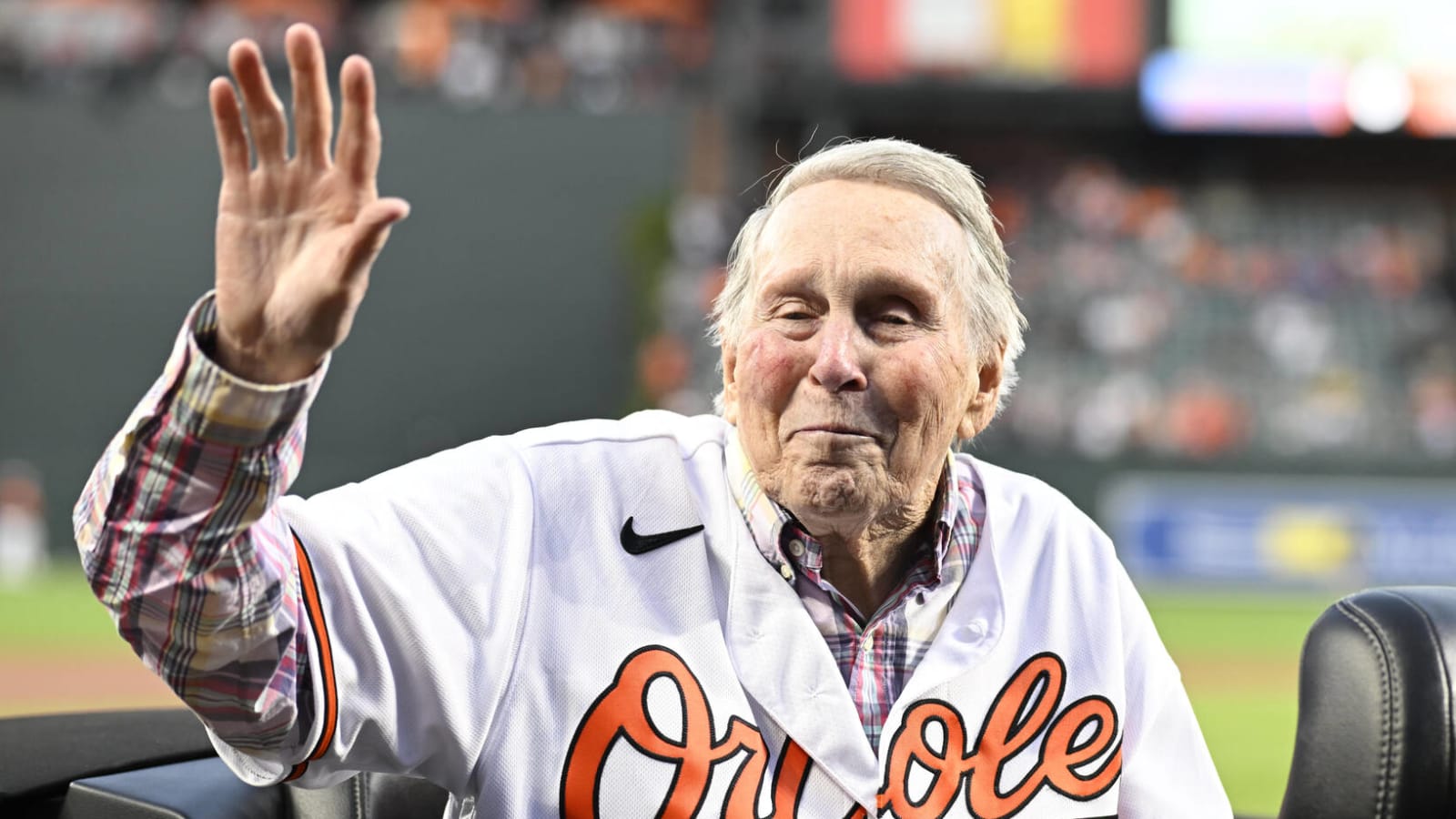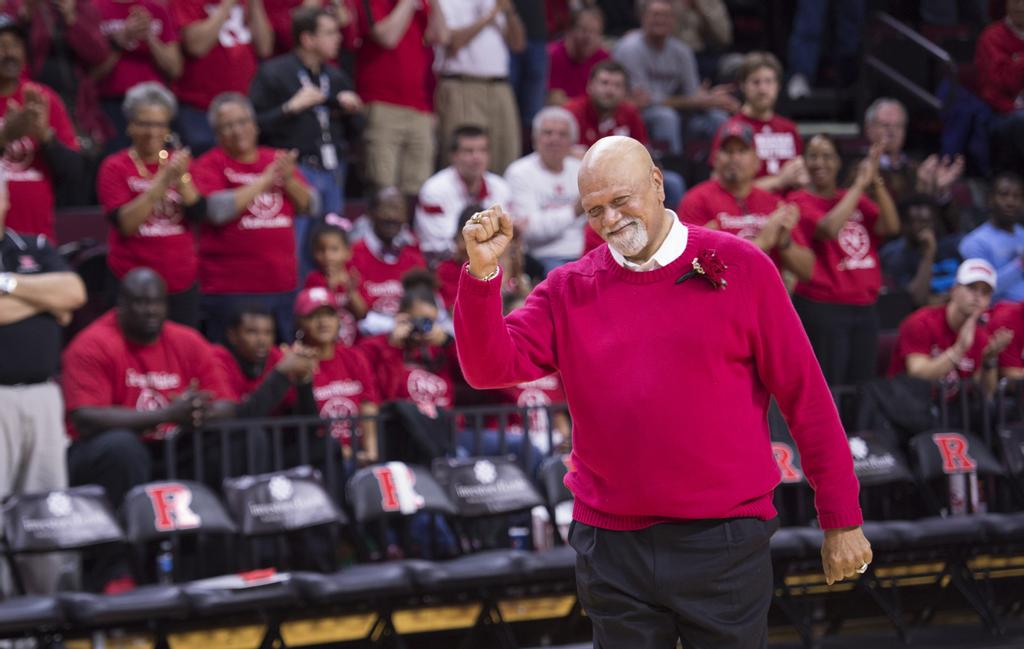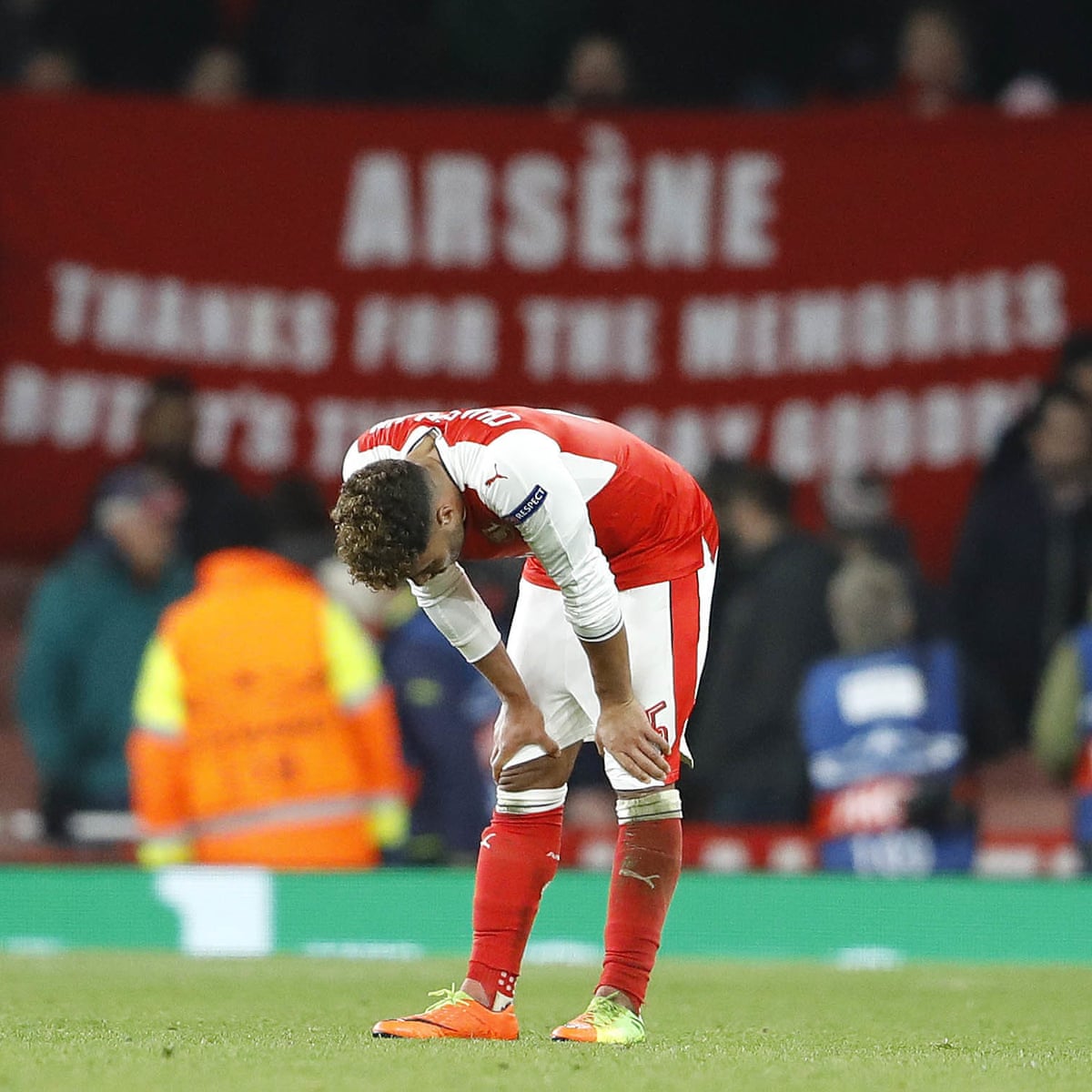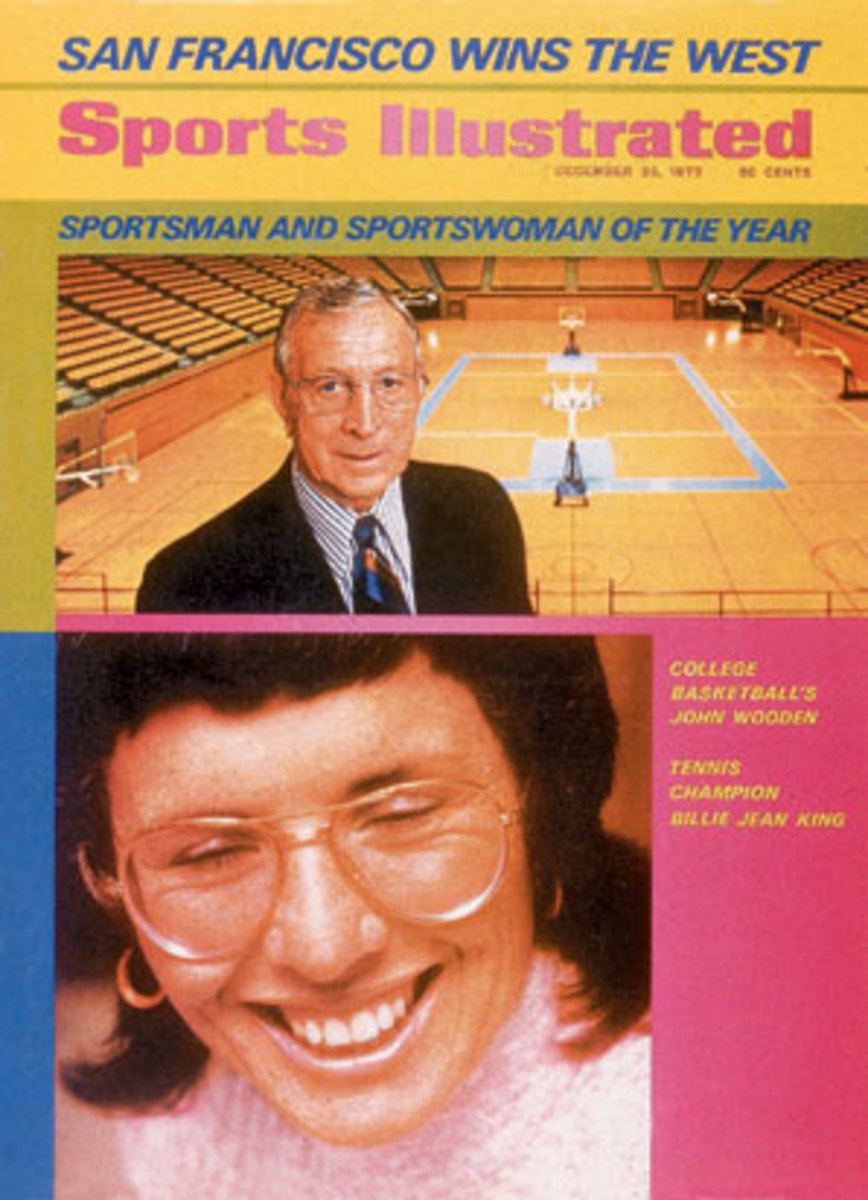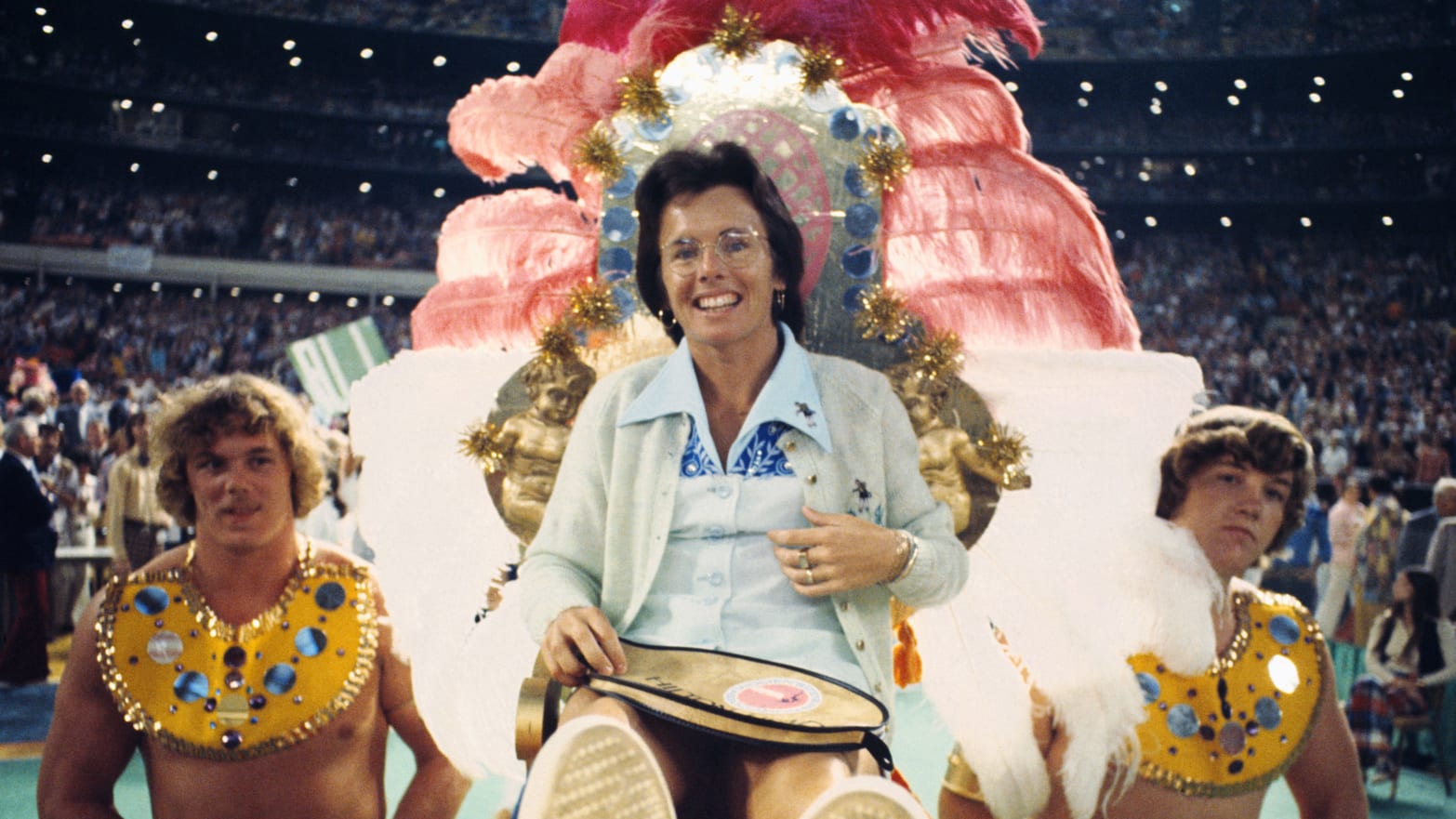September 30, 1973, 50 years ago: The last game is played at Yankee Stadium before its renovation. The Yankees lose 8-5 to the Detroit Tigers.
The renovation was necessary, not because the Mets were talking about how much better Shea Stadium was, but because there were actual structural issues. The institution of Bat Day led to kids sitting in the upper deck, banging their bats on the floor, weakening the stadium structure.
So Mayor John Lindsay negotiated a deal in which the Department of Parks of the City of New York, which already owned Shea, bought both Yankee Stadium and the land on which it sat -- previously owned by separate entities -- and would renovate it, to reopen in time for the 1976 season. The Yankees would play the 1974 and '75 seasons at Shea.
This also forced the football Giants out of Yankee Stadium after 2 games, a 34-14 win over the Houston Oilers on September 16, and a 23-23 tie with the Philadelphia Eagles on September 23. The rest of their home schedule for 1973, and all of it for 1974, would be played 70 miles to the northeast, at the Yale Bowl in New Haven, Connecticut.
Lindsay, angry that the Giants had already negotiated a deal to build a stadium in the Meadowlands of New Jersey, in time for the 1976 season, denied them the use of Shea, so they had to look elsewhere. So they made the deal to play '73 and '74 at the Yale Bowl. Lindsay's successor, Abe Beame, had no such grudge, and allowed the Giants to play the 1975 season at Shea -- meaning that it was hosting both of New York's MLB teams and both of its NFL teams at the same time.
(In other words: In 1975, the New York Tri-State Area had 8 teams playing in 3 buildings: Shea Stadium had the Yankees, the Mets, the Giants and the Jets; Madison Square Garden had the Knicks and the Rangers; and the Nassau Coliseum had the Nets and the Islanders. In 2023, with the Devils making it 9 teams, they are playing in 7 separate buildings.)
In order to avoid the kind of damage that fans had done to other ballparks in their recent closures, the Monuments were removed from center field, and the Plaques from the wall, before the game.
Duane "Duke" Sims, catching in the last game at the pre-renovation Stadium instead of Thurman Munson, hits the last home run, off Fred Holdsworth in the 7th inning. But Lindy McDaniel, in relief of Fritz Peterson, implodes in the 8th inning, allowing 6 runs, making a winning pitcher of John Hiller.
Sims' 1974 Topps card. Topps tended to take
players' card pictures in New York,
going back to the Polo Grounds.
The last play is 1st baseman Mike Hegan hitting a fly ball to, appropriately, center field, once patrolled by Joe DiMaggio and Mickey Mantle. This one is caught by the Tigers' Mickey Stanley.
Attendance: 32,238, in a Stadium whose capacity was then listed as 65,010.
For all the greats who had played in Yankee Stadium, the only future Hall-of-Famer who played in this game was the Tigers' Al Kaline.
After the game, Yankee manager Ralph Houk resigned, tired of the meddling of the team's 1st-year owner, George Steinbrenner. George found finding a replacement difficult, as he tried to hire Dick Williams, who, after the subsequent World Series despite winning it, had quit as manager of the Oakland Athletics. A's owner Charlie Finley contended that Williams couldn't manage anywhere else as long as his contract with him was running. So George hired former Pittsburgh Pirate manager Bill Virdon. Houk was signed to manage the Tigers.
The day after the last game, the renovation began. Claire Ruth, the Babe's widow, was given home plate. Eleanor Gehrig, Lou's widow, was given the 1st base that was used in the last game.
The 1923-73 version of Yankee Stadium saw the home team win 27 American League Pennants and 20 World Series in 51 seasons. (The 1st 2 Yankee Pennants, 1921 and '22, came at the Polo Grounds.) It also hosted 3 NFL Championship Games in the pre-Super Bowl era: 1956, when the Giants beat the Chicago Bears; 1958, when the Giants lost to the Baltimore Colts in an overtime classic that has been called "The Greatest Game Ever Played"; and 1962, when the Giants lost to the Green Bay Packers.
It also hosted the Army-Navy Game in 1930 and '31; and 22 Army-Notre Dame games, including 1928, when Knute Rockne told his team to "Win one for the Gipper," and they did; and 1946, when both teams came in undefeated, and left that way, a "Game of the Century" that didn't live up to the hype, ending 0-0. And it hosted a long run of boxing champions, from Jack Dempsey to Floyd Patterson, including Joe Louis' 1938 knockout of Max Schmeling.
Remaining with the team until 1980, shortstop Fred Stanley was the last Yankee who had played a home game at the pre-renovation Stadium, although center fielder Bobby Murcer would be traded away and reacquired, playing his last game on June 11, 1983, nearly 10 years later.
*
September 30, 1973 was a Sunday. Other Major League Baseball games of note that were played on this day:
* The New York Mets split a doubleheader with the Chicago Cubs at Wrigley Field. The Cubs won the opener 1-0, with Rick Reuschel and Bob Locker combining for an 8-hit shutout. In the nightcap, Jerry Koosman was backed by 3 hits from Rusty Staub, 2 each by Wayne Garrett and Felix Millan, and a home run by Cleon Jones, as the Mets won 9-2.
The regular season should have been over, but the National League Eastern Division race was a wild one that no one seemed to want to win. The Mets ended the day 1 game ahead of the St. Louis Cardinals, a game and a half ahead of the Pittsburgh Pirates, 3 ahead of the Montreal Expos, and 4 ahead of the Cubs -- who finished closer to the Mets this time than they had in their in famous 1969 "September Swoon."
But because of rainouts, the race still wasn't decided. The Cards had completed their schedule, but the Mets had 2 games left to play, the Pirates 1. It was still possible for any of the 3 to win the Division.
* Because the Cardinals had beaten the Philadelphia Phillies, 3-1 at Busch Memorial Stadium in St. Louis.
* And the Pirates had beaten the Expos, 10-2 at Three Rivers Stadium in Pittsburgh. The next day, the Pirates would play a rainout makeup against the San Diego Padres at home, while the Mets would stay at Wrigley and play another doubleheader with the Cubs.
The Mets won the opener, 6-4, and clinched the Division. Until the 1986 Pennant, this would remain their only clincher on the road. (The 1969 and 1986 Division titles, the 1969 and 1973 Pennants, and the 1969 World Series win would all occur at Shea.) They beat the Cubs, and barely beat the rain, which canceled the nightcap, which was now unnecessary. It was made more so when the Pirates lost 4-3 to the Padres.
* The Houston Astros beat the Atlanta Braves, 5-3 at Atlanta Stadium. (It was renamed Atlanta-Fulton County Stadium in 1975.) This was the 3,739th and last regular-season game managed by Leo Durocher, who was soon fired. He first managed with the 1939 Brooklyn Dodgers, while he was still an active player.
Hank Aaron got 3 hits, but none of them was a home run, so he finished the season with 713 career home runs. It would be a long off-season before he got the chance to break the career record then held by Babe Ruth. He hit Number 714 on April 4, 1974 in Cincinnati, and then Number 715 on April 8 at home to Los Angeles.
* Also of note: The Chicago White Sox beat the Oakland Athletics, 1-0 at the Oakland Coliseum. The ChiSox won it in the top of the 10th, on a bases-loaded walk drawn by shortstop Russell "Bucky" Dent, who would later write his name in Yankee history. Speaking of which: Reggie Jackson did not play for the A's, but Catfish Hunter started, and did not get the decision. The A's would go on to beat the Mets in the World Series.
And there were NFL games played on the day. The New York Giants lost to the Cleveland Browns, 13-10 at Cleveland Municipal Stadium. And the New York Jets lost to the Buffalo Bills, 9-7. It was the Bills' 1st game at their new stadium, south of the city, in suburban Orchard Park, New York. Originally known as Rich Stadium, for the Rich family of meat-product producers, O.J. Simpson and his teammates beat the Jets, 9-7.
The stadium was renamed Ralph Wilson Stadium for the team's founding owner in 1998, and, in 2015, was renamed New Era Field, as naming rights were bought by the New Era sports cap company. But New Era asked to be let out of the agreement in 2020. It was renamed Highmark Stadium.
A new facility, also to be named Highmark Stadium, seating 62,000, is now being built adjacent to Erie Community College's south campus, across the street from the existing stadium, which will be demolished following the completion of the new one.



